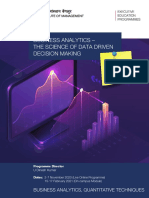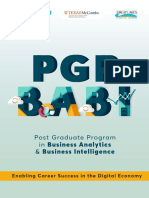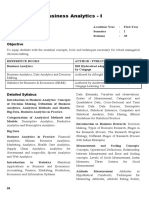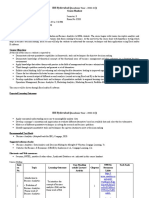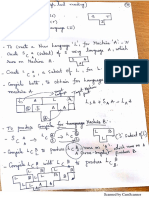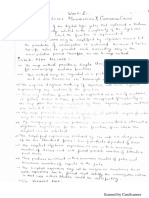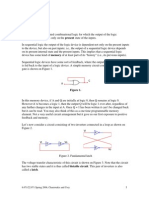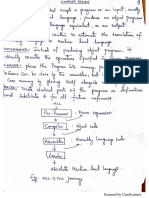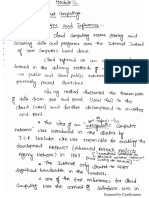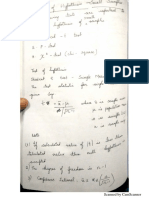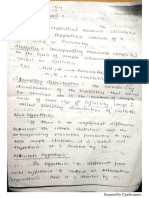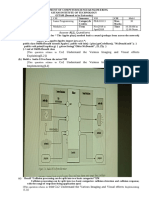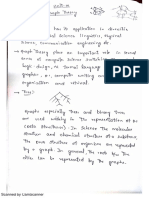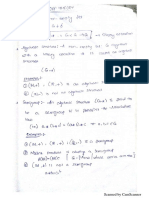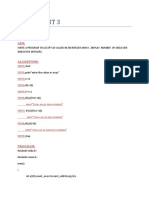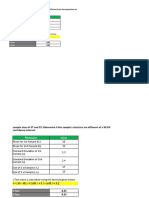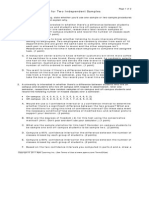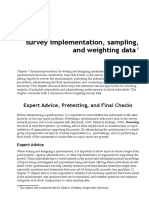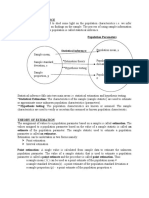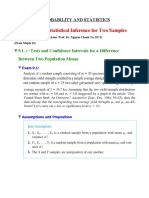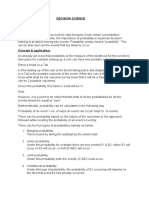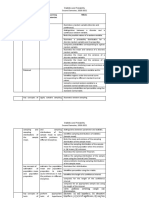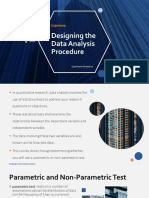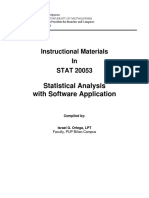0% found this document useful (0 votes)
100 views3 pagesGITAM School of International Business GITAM University
The document provides information about the GITAM School of International Business course GU-BA1: Business Analytics. The 3 credit course aims to help students develop analytical skills for descriptive, predictive, and social media analytics. It is taught over 5 units covering topics like descriptive statistics, probability distributions, inferential and predictive analytics, forecasting techniques, data mining, and prescriptive analytics. The course uses Excel and SPSS software and is taught by Kamakshaiah Musunuru on Mondays and Wednesdays.
Uploaded by
raghuCopyright
© © All Rights Reserved
We take content rights seriously. If you suspect this is your content, claim it here.
Available Formats
Download as PDF, TXT or read online on Scribd
0% found this document useful (0 votes)
100 views3 pagesGITAM School of International Business GITAM University
The document provides information about the GITAM School of International Business course GU-BA1: Business Analytics. The 3 credit course aims to help students develop analytical skills for descriptive, predictive, and social media analytics. It is taught over 5 units covering topics like descriptive statistics, probability distributions, inferential and predictive analytics, forecasting techniques, data mining, and prescriptive analytics. The course uses Excel and SPSS software and is taught by Kamakshaiah Musunuru on Mondays and Wednesdays.
Uploaded by
raghuCopyright
© © All Rights Reserved
We take content rights seriously. If you suspect this is your content, claim it here.
Available Formats
Download as PDF, TXT or read online on Scribd
/ 3

























